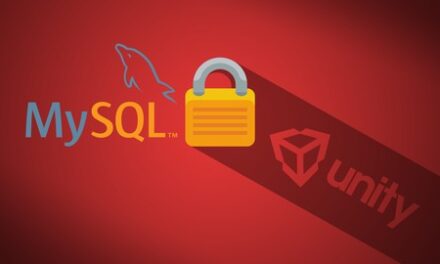Learn, Practice, Review – Your second volume in your Go basic syntax adventure
What You’ll Learn
- Learn GO arrays and slices fundamentals with easy but efficient exercises.
Requirements
-
This is an intermediate Go study course. Prior exposure to variables and basic functions is helpful.
-
This is the second volume of a series but it is self-contained.
-
The project is designed for both learning or reviewing. Videos are self-contained.
Description
This is the second volume of the GO Language series by Tony de Araujo. It contains around two hours of videos and exercises designed to make you proficient on Go array and slice structures.
Rather than being a primer, it is a didactic sequential approach with short explanations and exercises. By the end of this tutorial series, you’ll have a solid understanding of arrays and slices in Go, enabling you to choose the right data structure for your specific use case.
Understanding Arrays and Slices in Go
In Go, arrays and slices are essential data structures that allow you to work with ordered sequences of elements.
These collections are particularly useful when dealing with related values.
Here’s a breakdown of the key differences between arrays and slices:
Arrays:
- In Go an array is a fixed-size data structure.
- Its capacity is defined at creation time and cannot be changed afterward.
- Once you allocate an array’s size, it remains constant.
- Arrays are suitable when you know the exact number of elements you need.\Example: var myArray [5]int creates an integer array with 5 elements.
Slices:
- A slice is a dynamically resizable data structure.
- Unlike arrays, slices can grow or shrink as needed.
- Slices are built on top of arrays and provide a more flexible way to work with sequences.
- They are commonly used when the number of elements is not fixed.
- Example: mySlice := []int{1, 2, 3} creates an integer slice.
Why Use Arrays and Slices?
- Data Organization: Arrays and slices allow you to group related data together. For instance, you can store a list of temperatures, user IDs, or product prices.
- Code Efficiency: By using arrays and slices, you can perform the same operations on multiple values simultaneously. This leads to cleaner and more concise code.
- Flexibility: Slices adapt to your needs, making them ideal for scenarios where the size may change dynamically.
Tutorial Series Contents:
1. Introduction: Understand the basics of arrays and slices.
2. Declaration and Initialization: Learn how to declare and initialize arrays and slices.
3. Accessing Elements: Explore methods to access individual elements.
4. Modifying Elements: Discover how to modify array and slice elements.
5. Iterating Over Arrays and Slices: Master loops and range-based iteration.
6. Multidimensional Arrays: Dive into arrays with multiple dimensions.
7. Built-in Functions: Explore useful functions for working with arrays and slices.
By the end of this tutorial series, you’ll have a solid understanding of arrays and slices in Go, enabling you to choose the right data structure for your specific use case.
Who this course is for:
- Go language students wanting to understand arrays and slices
- Go programmers who want to refresh syntax and concepts










